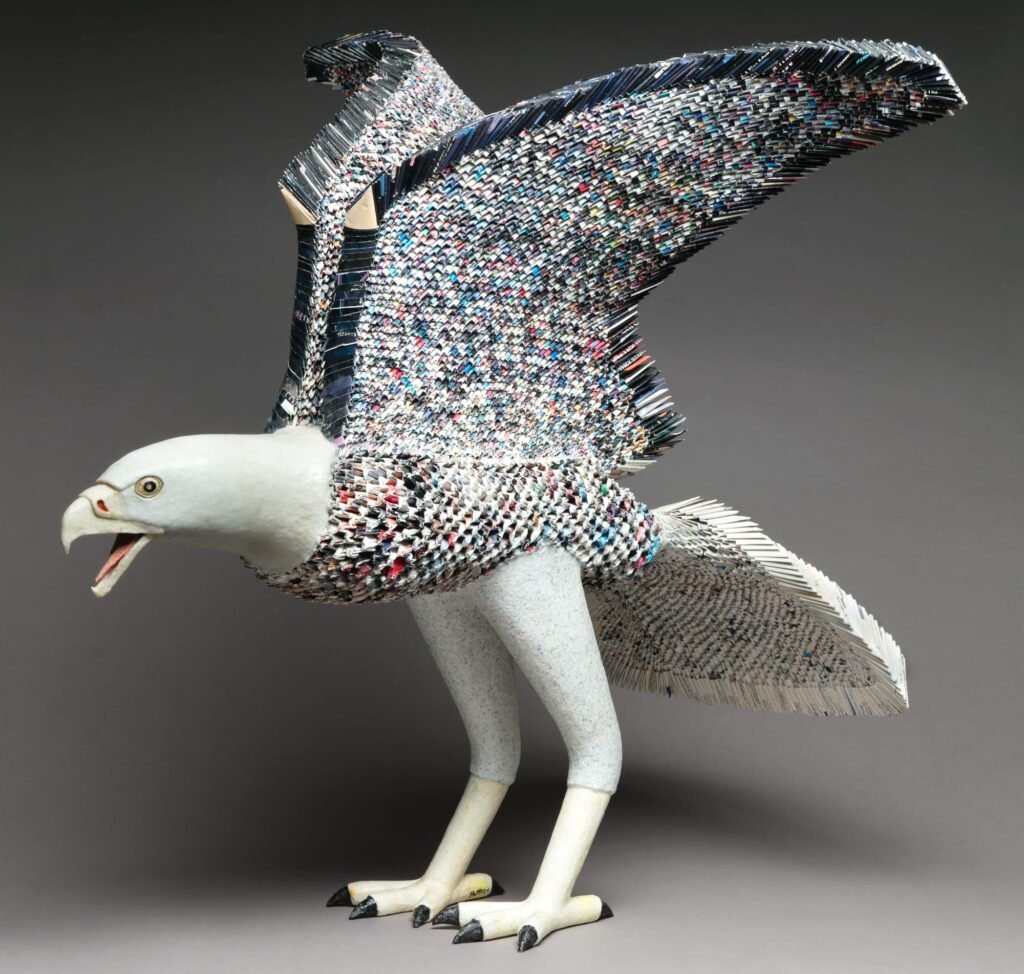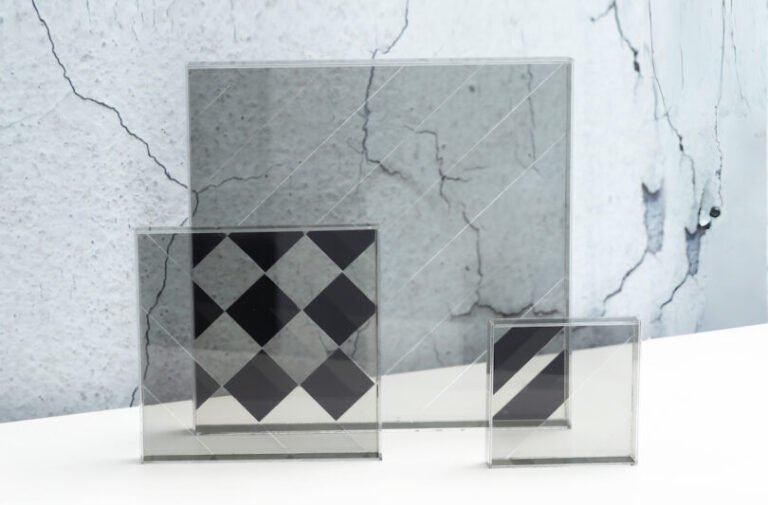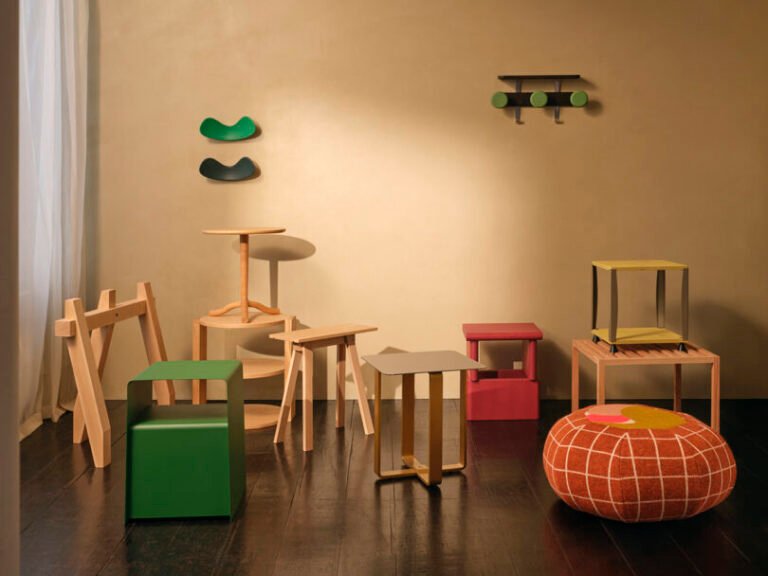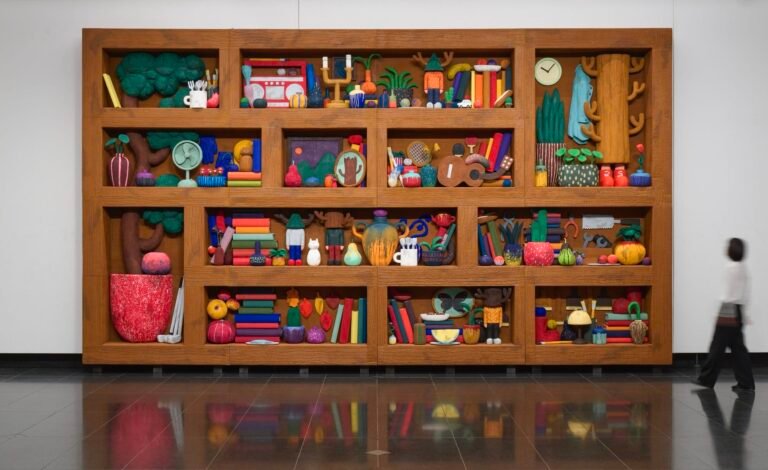

Artists aren’t strangers to creative constraints. Perhaps they work full-time and have to sneak in just an hour of painting before bed. Or a grant requires that they follow a particular set of guidelines that push their practice in a new direction. Whatever the situation, artists are often uniquely positioned to find innovative, experimental approaches to making.
For those included in Between the Lines: Prison Art and Advocacy, which was on view this past month at the Museum of International Folk Art, constraints are plentiful. Featuring an eclectic array of works by incarcerated artists, the group exhibition offers a survey of creativity in confinement.

A primary thread in the exhibition—which tends to connect most artworks made during a period of incarceration—is an innovative use of materials. John Paul Granillo, for example, renders blue pen portraits on a pair of canvas prison-issue shoes. Other drawings appear on envelopes sent to the Coalition For Prisoners’ Rights, a nonprofit project that mailed newsletters inside for several decades.
There are also several paños, a genre utilizing commissary handkerchiefs, pillowcases, or bedsheets that originated with incarcerated Chicanos in the 20th century. The largely self-taught art form is perhaps one of the best-known traditions to emerge from inside carceral facilities and is a subversive mode of expression: often sent to family and loved ones on the outside, these fabric pieces offer both a way to communicate what might otherwise be censored in letters and a financial opportunity for particularly talented artists who might sell the paños for birthday, anniversary, and other gifts.
While much of the work comes from facilities in the Southwest and Western states, Between the Lines extends its reach to connect carceral systems across the globe. A vibrantly beaded bird with bold text reading Masallah, or may Allah, comes from 1960s Anatolia. Purchased in 2005 in Istanbul, the piece is a “protective amulet and hung from car rearview mirrors or other places,” the museum says.
As Brian Karl points out in Hyperallergic, the exhibition is less concerned with prison reform and larger questions of abolition than it is with showcasing the necessity of creating in such a dehumanizing environment. The eagle, a motif associated with freedom in the U.S., appears in several works and speaks to the lack of agency and autonomy in such a punishing system. When people are very literally confined with meager, if any, resources for self-expression, creating becomes both a mode of survival and a revolutionary act. As the exhibition’s title suggests, prison art is always bound up with advocacy and requires makers to find defiance in interstitial spaces.



Salinas Valley State Prison, Soledad, California), paper envelope, color pencil, pen





Do stories and artists like this matter to you? Become a Colossal Member today and support independent arts publishing for as little as $7 per month. The article ‘Between the Lines’ Showcases the Subversive Traditions of Art-Making While Incarcerated appeared first on Colossal.


